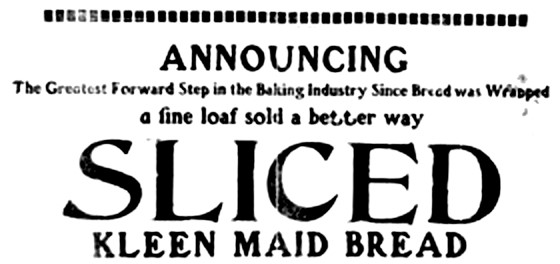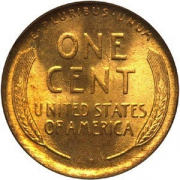Transfer-On-Death Deed: The Best Thing Since Sliced Bread
A transfer-on-death deed, or TOD deed has proven to be a simple, inexpensive, and effective tool to transfer a real property interest at the death of the owner, and has become very popular with attorneys, property owners, and beneficiaries alike. The reason TOD deeds have become so popular is that the transfer of the land under a TOD deed can work to avoid both the after death expenses of probate, and the upfront planning expenses of a trust.
The TOD deed has been available in Wisconsin since 2005 and in Minnesota since 2008. If a landowner in these jurisdictions properly completes and files a TOD deed with the register of deeds, title to the real estate passes directly to the beneficiary or beneficiaries named in the TOD Deed when the landowner dies. This is similar to how title passes in a joint tenancy deed or a pay-on-death designation for a bank account. The beneficiary takes ownership of the property upon the death of the present owner without the need to probate the property.
A landowner can change her mind with a TOD deed designation too. If circumstances change after a landowner designates someone to receive the real estate using a TOD deed, the landowner can revoke her TOD deed or simply replace it with another one naming someone else. If the property is sold by the landowner to a third party, the TOD deed terminates at that time.
The TOD deed can also reduce some risks from third parties. This is because even though individuals are named as beneficiaries under a TOD deed, they have no ownership rights until after the death of the landowner. This lack of ownership rights in the real estate helps avoid problems. For example, if a landowner adds her son, her grandson, or her daughter as beneficiary under a TOD deed, the real estate cannot end up as a divisible asset in her son’s divorce, a liquidated asset in her grandson’s bankruptcy, or with liens on it from her daughter’s creditors.
The TOD deed may be the most effective way for a landowner to pass real estate to desired beneficiaries. However, careful consideration should always be given to determine if the TOD deed is appropriate for your particular circumstances.






Hello, son is on the will and same person (son) is the Poa and transfer of death is filled with the register of deeds office naming son. Mother is the only one on house title but she is married and left husband off house title ( husband does not want house),
Is there a document spouse needs to sign?
If house stays out of probate does this mean that no bill collector can collect money against the house? House is paid off.
How does unpaid debts get settled under tod?
Thank you Andy
Hi Andy..
Thank you for your questions …
Sorry so late in getting back with you.
I understand this might not be useful to you now … but wanted to share some thoughts for your benefit and in case anyone else had similar questions. General answers … Be sure to get real advice for your specific facts.
Q1: Is there a document spouse needs to sign?
A1: Spouse can sign the TOD deed along with Mom. This would work to transfer his marital property rights in the house, if any.
Q2: If house stays out of probate does this mean that no bill collector can collect money against the house? House is paid off.
A2: It does not mean that. Creditors can still go after non probate assets.
Q3: How does unpaid debts get settled under tod?
A3: The son would track down debts and pay them to avoid a suit later. Also good to file the will with probate court to give public notice of death. That sets statutory time limits on collection.
Again, Sorry for losing these questions in blog Siberia.
Here is a link to a link to our most recent blog article on TOD deeds: What is a TOD deed Article 2019